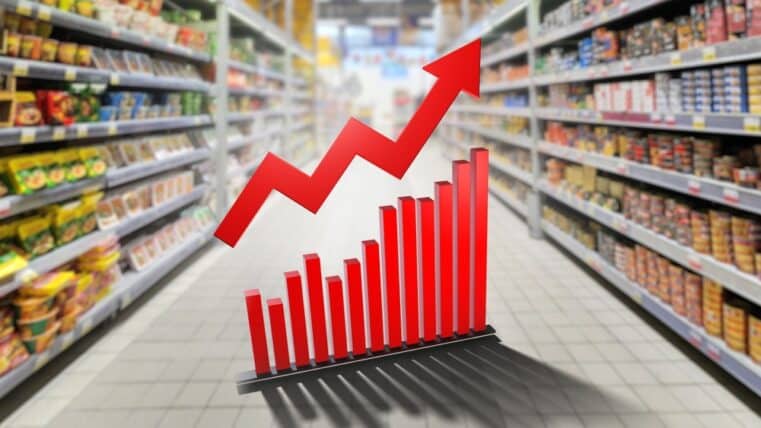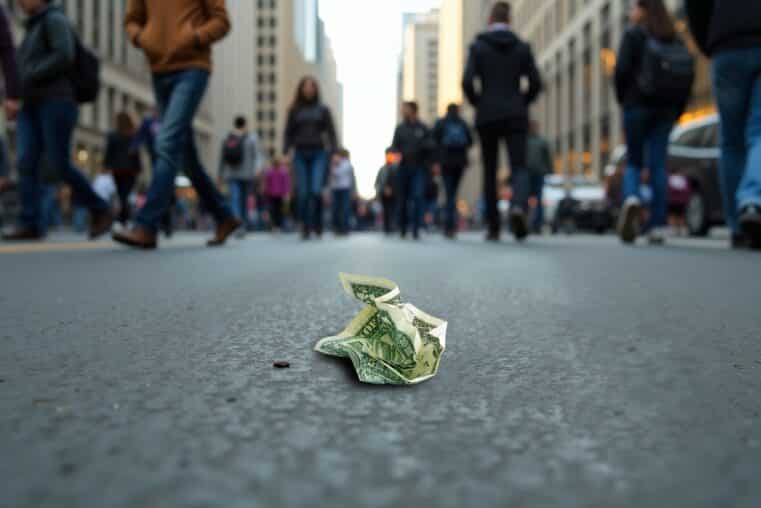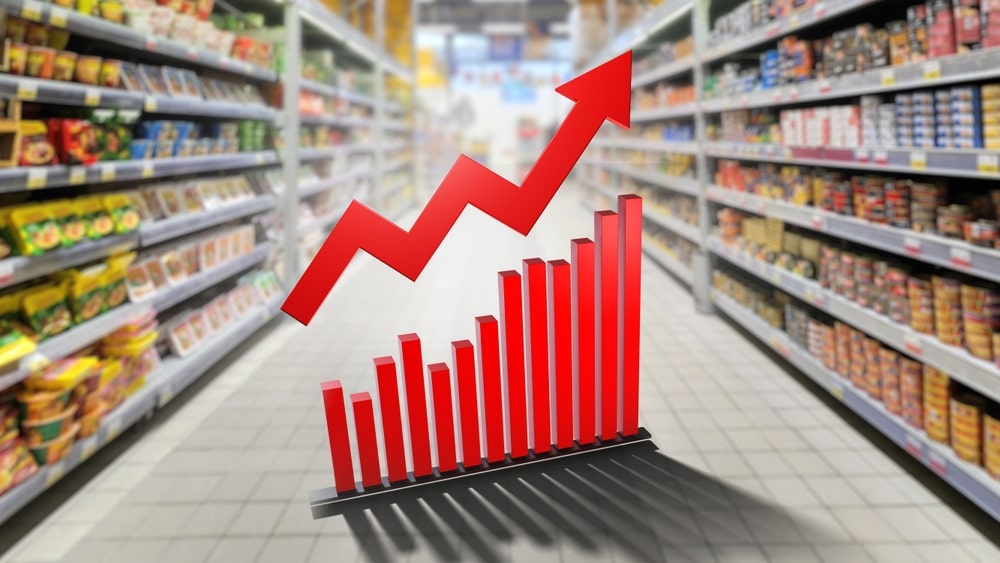
Analysts Warn: Stocks Are In the Danger Zone, Bear Market Next Year
“We see stocks falling faster than the Fed can react.”
This latest warning from a Stifel Financial Corp analyst is nothing new. Nor should it come to anyone as a surprise.
It’s not just that the Doom and Gloom prognosticators are at it once again, dominating the headlines like they often do. Rather it’s that headlines announcing bearish warning are becoming more prevalent, and they’re starting to come from those who aren’t your typical doom prophet types.
There’s no doubt that the current US stock bull market is the longest in history and is still going strong. But as with all bull markets, this one won’t last forever, as it forms just one part of a natural business cycle.
Barry Bannister, Stifel’s head of institutional equity strategy, “assures” us of a major bear turn within the next 6 to 12 months.
Goldman Sachs’ “Bull/Bear Market Indicator,” an aggregation of five leading economic indicators, flashes a reading of 75%, indicating the probability of a major bear. According to Goldman’s Peter Oppenheimer:
All of these variables are related. Tight labor markets are typically associated with higher inflation expectations. These, in turn, tend to tighten policy and weaken expectations of future growth. High valuations, at the same time, leave equities vulnerable to de-rating if growth expectations deteriorate or the discount rate rises, or, worse still, both of these occur together.
To aggregate these variables in a signal indicator, we took each variable and calculated
its percentile relative to its history since 1948. For the yield curve and unemployment,
we took the lowest percentiles relative to history, while for the other indicators we took
the highest. We then took the average of these.
In light of Fed Chief Powell’s Jackson Hole speech, the Federal Reserve will be taking a highly-responsive “gradualist” approach to monetary policy.
As we all know, this statement prompted US indices to skyrocket, as Powell’s comments indicated that the gradual rate hikes will continue as scheduled amid no signs of inflationary risks and no indications that rate hikes would stifle our current economic growth.
Yet “highly-responsive” is the operative word here. And as to what economic indicators the Fed will be monitoring aside from CPI and the unemployment rate, we cannot be certain.
But the CME Group’s Bluford Putnam and Erik Norland offer three indicators that they suggest investors should watch:
One - Yield Curve Inversion
Despite the Fed’s gradualist approach, there is a real risk that they may unintentionally shift into “high gear” with regard to QT (quantitative tightening). According to economic theory, a neutral monetary policy typically goes hand-in-hand with a slightly positive yield curve. At the time of writing, the yield curve is flat.
As short-term rates pose less inflation risk than long-term yields, risk premiums tend to rise with maturities. Without a positive yield curve, financial institutions will find it difficult to profit from “borrowing short and lending long,” as the CME analysts explain.
Short-term credit means higher interest payments, mainly affecting commercial businesses that depend on it. On the consumer front, however, rising short-term rates can significantly affect home mortgages, making them less attractive.
This condition can worsen if the yield curve moves from its flattened state to an inverted state--a condition in which short-term yields are higher than long-term yields. Inverted yield curves are a strong indicator for future recessions as early as 12 months from the moment of inversion.
But another dangerous factor to consider is debt, particularly debt coming from the Federal government.
Right now, two of the largest economies across the globe--US and China--have seen rising debt levels. To be fair, moderate debt increases have been known to “sustain” economic growth, the operative word being “moderate.”
This may not be the case for much longer, at least for the US. As interest rates rise, so do the interest payments. Higher debt loads, therefore, mean an increase in economic fragility.
Two - Emerging Markets Turmoil
It’s well known that emerging markets economies tend to respond poorly to US Fed monetary tightening. We saw this in Venezuela in 1979, and again in Mexico and Asia in 1994 after the Fed’s rate hikes.
When emerging market economies borrow in US dollars, rate hikes can often disrupt their domestic currencies as the debts become difficult to service, making such events “growth killers.”
Considering that emerging market nations’ participation in the global economy has increased significantly over the last few decades, any disruption to their domestic economies will have a significant impact on global growth. And such disruptions are beginning to unfold at the present time.
Three - Trade War
Prior to the current “reboot,” trade wars were a relic of the past, its heyday dating back to the 18th and early 19th century. And if you’ve been following coverage on the current trade war, you’ll notice that even the best and brightest can only speculate as to its overall effect on the global economy, ending with an admission that we really don’t know what will come out of it.
To take a sober look at the current trade war, let’s begin by stating what we do know. Trade wars raise costs across the supply chain, decreasing corporate profits over a wider spectrum. Also, hurting China’s economy may have a negative impact on growth across a significant portion of the global economy.
But the main risk of the trade war is that it is happening at the worst possible time--that is, during a period of rising rates and emerging market disruptions.
What might this mean? It means that the US economy may look relatively strong, but only when viewed from where we’ve been to where we are. In short, we’re viewing our current economic strength from a rear-view mirror.
With the risks of recession stemming from rising rates and emerging market disruptions, the trade war may be the final stroke that plunges our economy toward the recessionary depths that we know is inevitable.
Perhaps it is time to consider hedging your wealth by investing in safe haven assets such as gold and silver. What other sound money assets out there exist?











